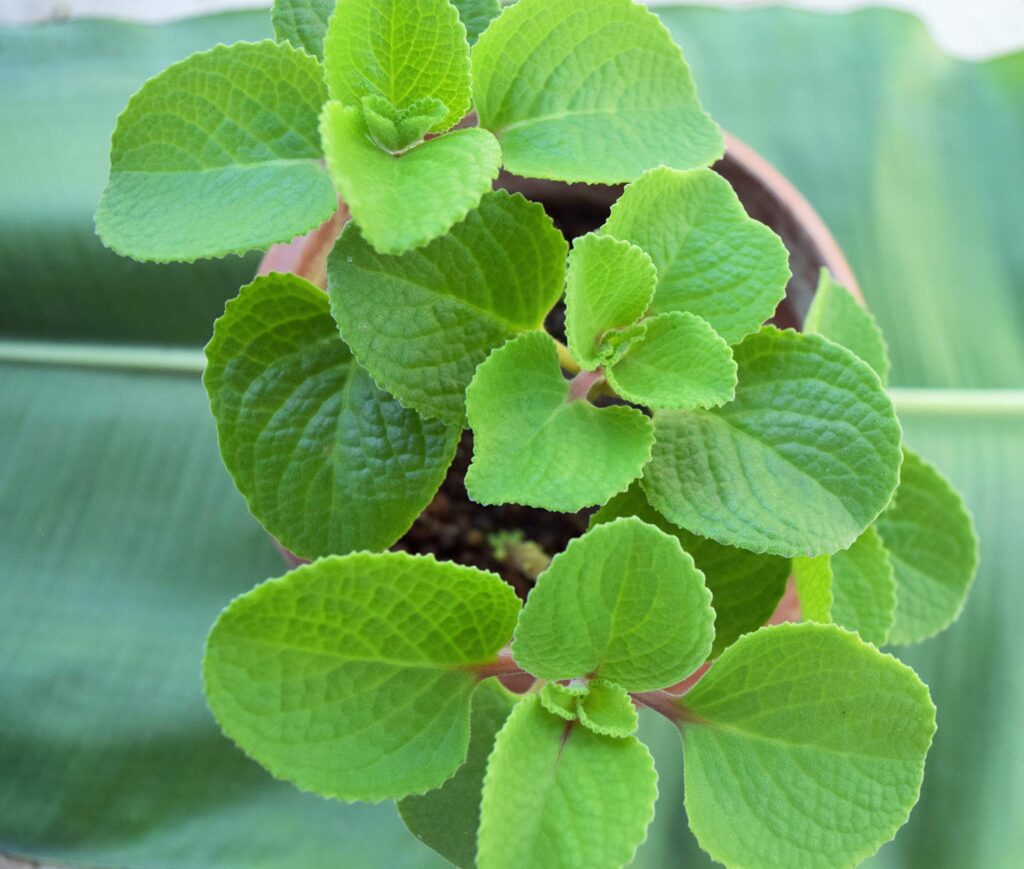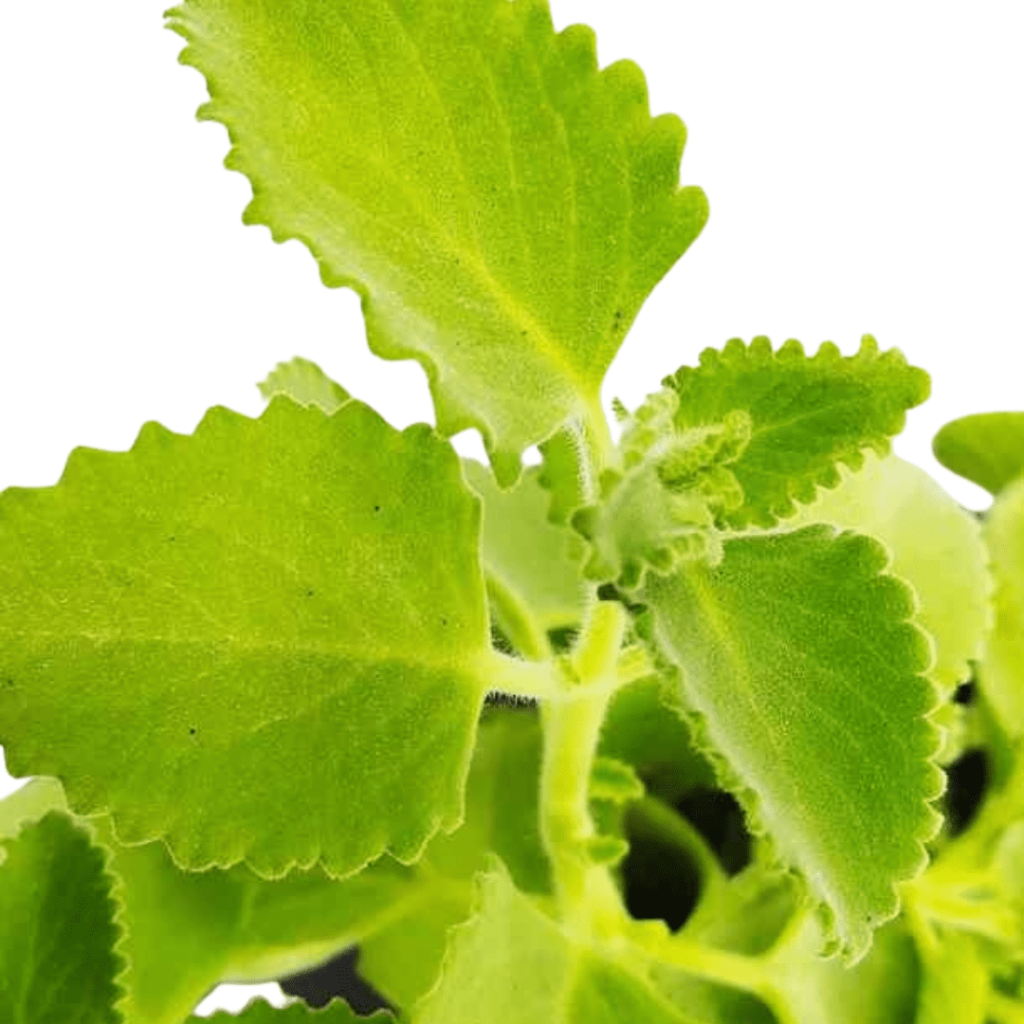HERBAL GARDEN
Vivek college of Ayurvedic Sciences & Hospital Bijnor UP
पर्णयवानी


Classification
Synoyms
Parnayavani (Sanskrit)
Pathar Chur (Ayurveda)
Karpooravalli (Tamil)
Doddapatre (Kannada)
Panikoorka (Malayalam)
Habit
Succulent, aromatic perennial herb or small shrub
Habitat
Grows in tropical and subtropical regions. Commonly cultivated in kitchen gardens across India. Prefers well-drained soil and partial sunlight.
Morphology
- Leaves: Thick, fleshy, ovate with crenate margins; strongly aromatic
- Stem: Succulent, thick, hairy
- Flowers: Small, bluish-purple, borne on terminal spikes
- Odor: Strong aroma similar to oregano or ajwain
Chemical Composition
Essential oils (carvacrol, thymol, eugenol),
Flavonoids,
Terpenes,
Phenolic compounds,
Saponins,
Tannins,
Vitamin C
Guna-Karma
Rasa- Katu (pungent), Tikta (bitter)
Guna- Laghu (light), Tikshna (sharp), Ruksha (dry)
Virya- Ushna (hot)
Vipaka- Katu (pungent)
Karma- Deepana (digestive stimulant)
, Shwasahara (relieves respiratory issues), Krimighna (anthelmintic)
, Vatanulomana (carminative)
Doshakarma- Pacifies Vata and Kapha
Medicinal uses
Leaves used to treat cough, cold, asthma, and bronchitis.
Juice used for indigestion and bloating.
Antiseptic and healing for insect bites, skin infections.
Used in treating kidney stones (Pathari).
Improves appetite and digestion.
Chewing leaves gives relief in sore throat.
Useful Part
Leaves
Doses
Fresh leaf juice: 10–15 ml
Powdered dry leaves: 2–3 g
Important Formulation
Parnayavani Swarasa
Shloka
तीक्ष्णा पर्णयवान्युष्णा कटुतिक्ता रसे लघुः ।
दीपनी पाचनी रुच्या मलसंग्राहिणी परम् ॥
अग्निमान्द्ये यकृद्रोगे ग्रहण्यामुदरक्रिमौ ।
विषूचिकायामश्मर्या मूत्रकृच्छ्रे च शस्यते॥
Hindi Name
अजवाइनपत्ता
English Name
Indian Borage / Country Borage / Cuban Oregano
Botanical Name
Coleus amboinicus
Family
Lamiaceae